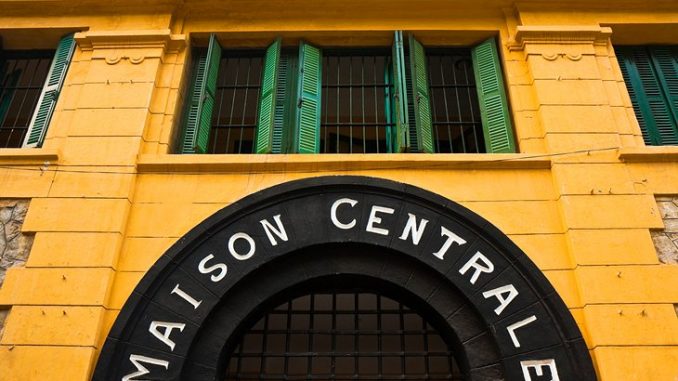
Vacation attractions Hanoi today from Hanoi By Locals: For anyone interested in what life must have been like for Hanoi’s locals during an earlier age, a trip to Memorial House is a must-do while in the city. This finely-restored merchant house sits in the old town quarter and has been furnished to look like a typical merchant’s home, brimming with antiques and everyday objects from centuries prior. The house has plenty of traditional architectural features, set between courtyards to give outdoor space and set out according to the ancient tradition of feng shui, which allows good energy flow into the house. In some of the rooms, you can watch traditional craftspeople in residence work at calligraphy and basketry crafts. Discover additional info on https://hanoibylocals.com/tour/hanoi-street-food-tour-motorbike/.
The old quarter is a mesh of the old and the new, as antique narrow streets snake between old brick buildings, covered in modern motorbikes and street vendors. This region of Hanoi is a mix of French Colonial architecture and ancient temples, and sits along the shore of Hoan Kiem Lake. It is the center of many attractions in Hanoi, from temples to the water puppet show to its street market. As the quarter was designed around the market, you will find that the streets here are all named for the kind of products that were once sold along its sidewalks, from wood to silver to paper.
Ho Chi Minh Mausoleum in Ba Dinh Square is one of the most visited attractions in Hanoi. It is the final resting place of Ho Chi Minh, the most iconic and popular leader of Vietnam, known to his people as ‘Uncle Ho’. His body is preserved here in a glass case at the Ho Chi Minh Mausoleum in central Hanoi (albeit against his wishes). For visitors, a trip to Uncle Ho’s final resting place can be an extraordinary experience as it is not just an average attraction; it’s a part of a unique history.
This theater celebrates a peasant art form that began in the rice paddies over a thousand years ago. Puppets were simply carved and puppeteers would stand in the water of the paddies, using it as a prop, and act out traditional activities like farming, or legends like the golden turtle and the emperor. The more modern version continues the use of water and audience participation. Traditional Vietnamese instruments perform an opera that narrates the puppets’ actions, and musicians will interact with puppets, encouraging the heroes and warning them of impending danger. Guests of the theater needn’t brave the monsoon weather that once would pour on outdoor audiences, but can sit and enjoy a meal while discovering this ancient dramatic art.
The city’s most interesting religious building is this beautiful and incredibly peaceful Confucian temple, originally built as a university in the 11th century. Today, the Temple of Literature stands as a tribute to the nation’s scholars. It was here, in the medieval era, that the philosophy of Confucianism and literature was taught, and near the entranceway, you can still see the names of students who studied here, etched into a series of pillars. Inside, a series of manicured gardens lead to pavilions and a well-preserved pagoda where a statue of Confucius sits. See more details on https://hanoibylocals.com/.
Standing in the heart of Hanoi, the opera house was located in a beautiful intersection downtown, where five main city roads lead to. Completed in 1911 after 10 years of construction, by two French architects, Hanoi Opera House resembles the Opéra Garnier de Paris. In August 1945, the Opera House Square was the political center of the country during the revolutionary days. Since then, Hanoi Opera House has always been the center of important conferences, meetings and art performances by art troupes domestically and internationally.
